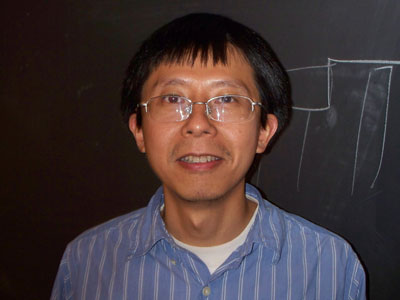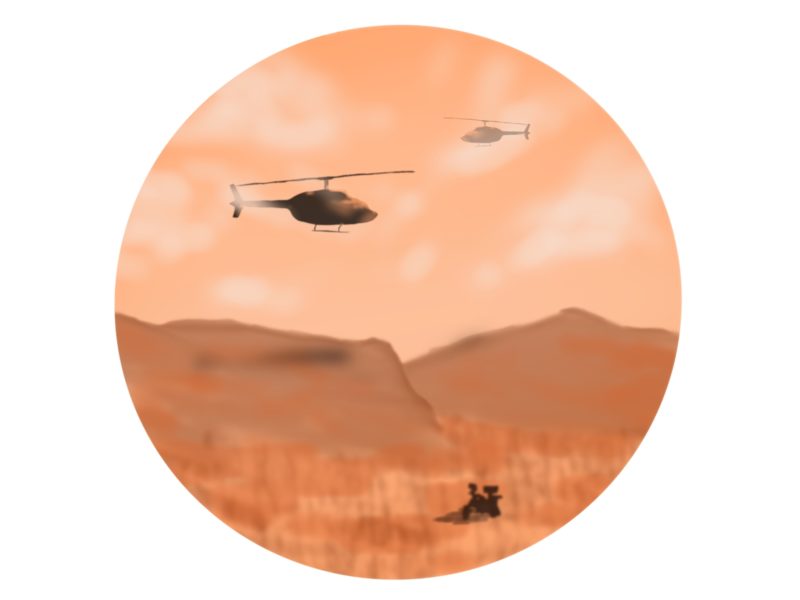Ever wanted to manipulate a certain material to exhibit some unique property that just makes people go, “That’s cool!”? Dr. Ning Wu, a new assistant professor in the Chemical Engineering department here at Mines sure does, and some of the things he’s researching will definitely make you go, “That’s cool!” Wu’s research, ‘Pattern Formation of Soft Materials,’ is essentially manipulating natural processes on a very small scale to make certain materials conform to a specific shape or structure. “Patterns are everywhere, in many scales,” he said. Using one example of a butterfly, whose wings are blue in color, Wu pointed out that the wings had no pigment; the visible blue color comes from tiny spires on the wings that are closely spaced together in such a way that the light passing through them produces a soft, iridescent blue color.
Wu earned his bachelor’s at the National University of Singapore, went on to earn his doctorate at Princeton University in New Jersey, and has done his post-doctorate work prior to Mines at Harvard University in Massachusetts. With his background, you can expect Wu to bring much to the table here at Mines, and his research is sure to be closely followed in the years to come. Wu’s research seeks to uncover the secret of why a gecko can walk on vertical surfaces and even on materials with very low coefficients of friction. “The reason [geckos] have such strong cling to surfaces is because of the structure of their footpads,” Wu commented. The nanometer spacing between the fibers on a gecko’s foot gives literally billions of places where the foot-pad can grip a surface, finding crevices only a scanning electron microscope can see.
Using a polyelastomeric material (styrofoam) suspended between two electrodes, Wu put a voltage across the electrodes and discovered that the polymer grew ‘pillars’ up until they reached the upper electrode. Using various patterned electrodes, he was able to create remarkable shapes and patterns in the polymer, some very intricate and beautiful. Using a circular pattern on the upper electrode, the pillars would grow starting at the outer edge of the circle and would eventually resemble concentric circles originating at the center of the circle. Theoretically, the same could be done for any shape.
Why does this occur? It’s a careful combination of electrostatic stress and capillary stress. In layman’s terms, the polymer wants to stay flat and smooth, but an electric field makes it go wacky. For Wu, this raised many interesting questions, such as how does this occur, what happens under different circumstances, and how big can you make these pillars? As George Bernard Shaw stated, “Science is always wrong. It never solves one problem without creating ten more”. In response to this, Wu said, “I don’t think that is science’s main problem. I like solving problems, so when I get ten more I am very happy.”
The applications for this research are yet to be fully realized, but Wu mentioned that industrial coatings and things of that sort could benefit. With limitless possibilities, industry is likely to “get stuck” on this research in the next few years.



'Pattern formation research has vast potential' has no comments
Be the first to comment this post!